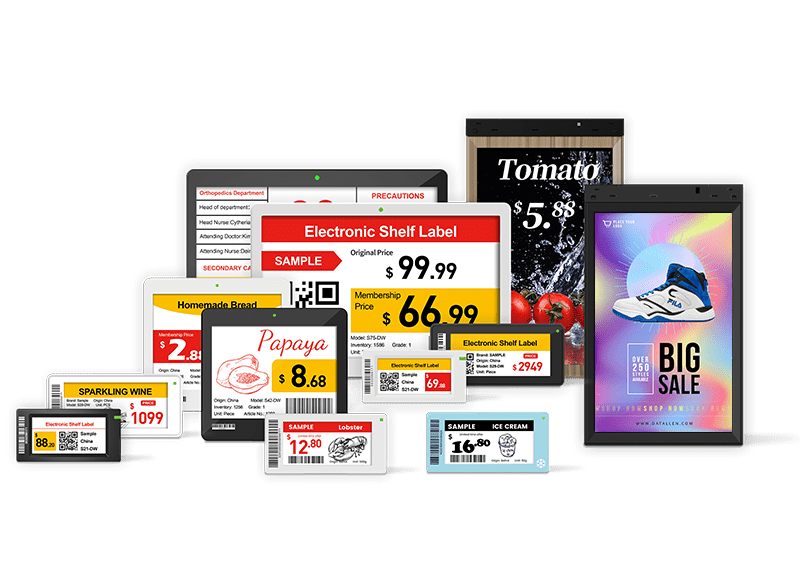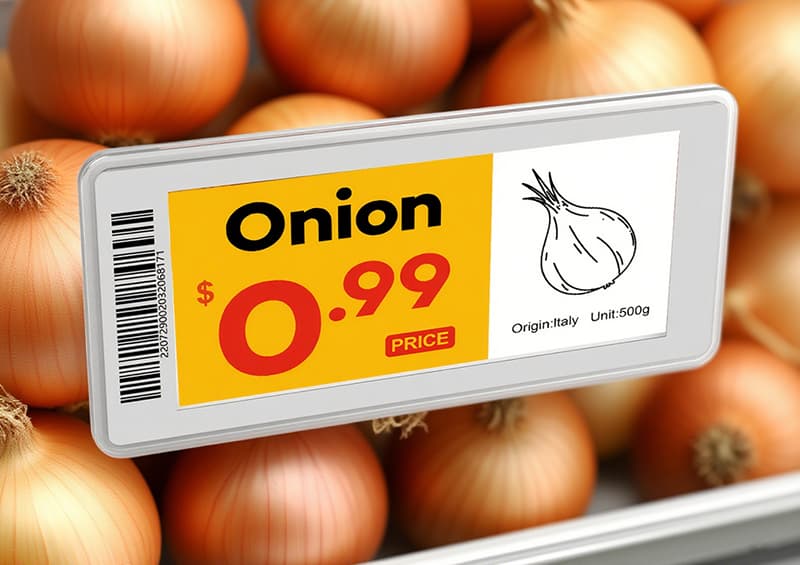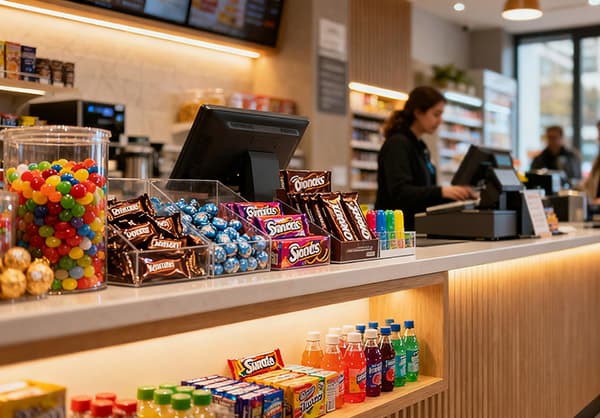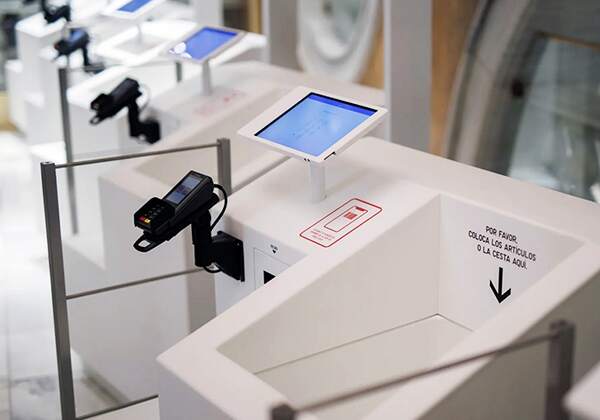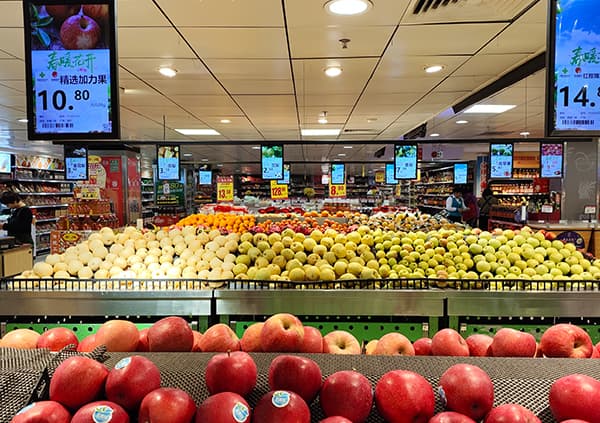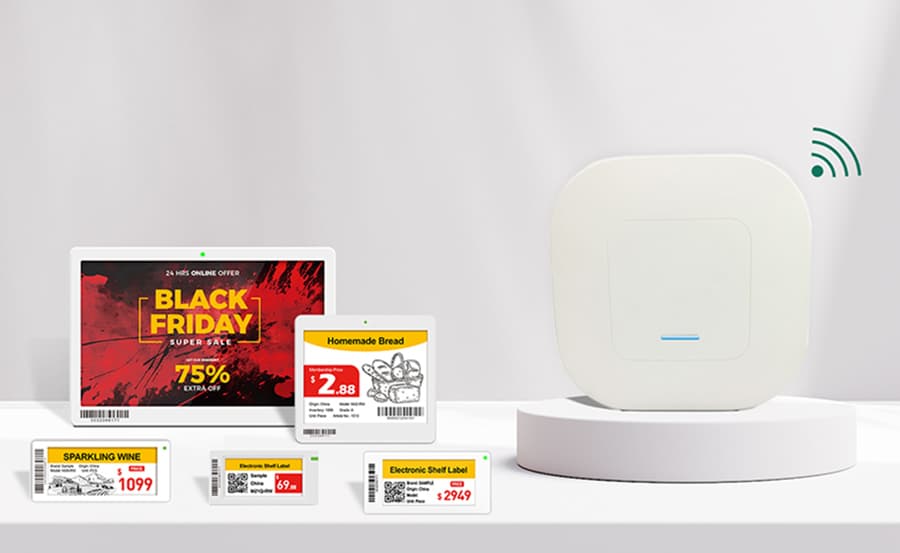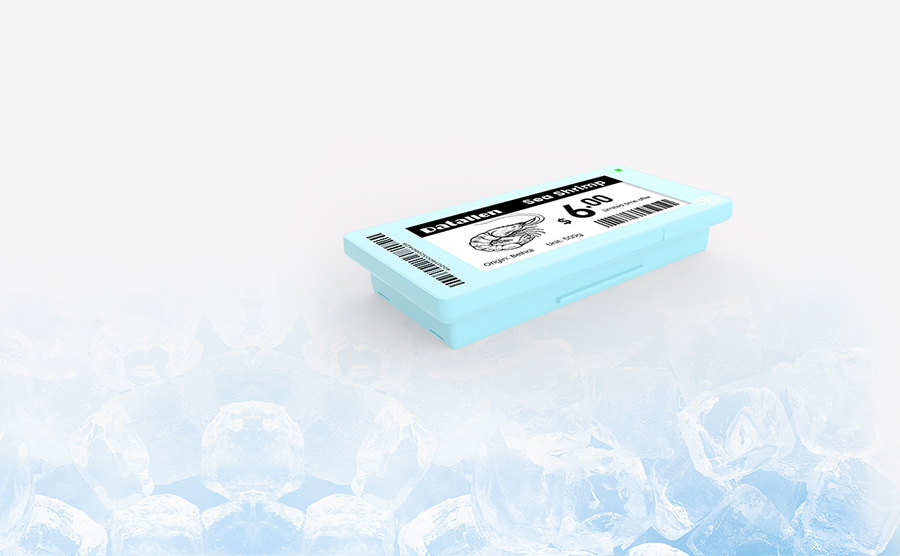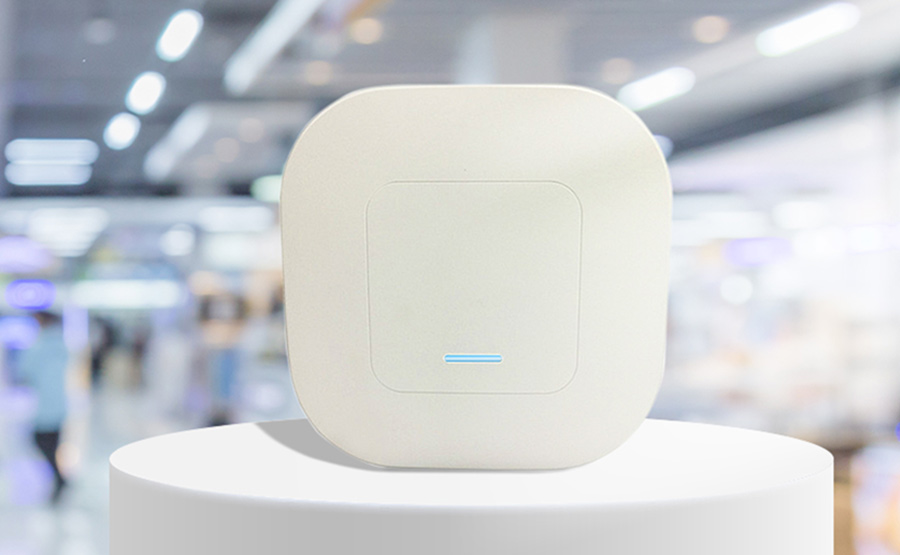Opening a store is exciting—but it can quickly turn into a financial blind spot without a realistic budget. Beyond rent and stock, you must factor in licenses, layout, staff, and long-term operational sustainability. Curious how much does it cost to open a store in today’s climate? Let’s break it down—and see what it takes to build a smart store.

how much does it cost to open a store in 2025
Think of store startup costs as a puzzle. Here’s one full picture for a 400–800 ft² retail space:
| Cost Item | Estimated Range | Notes |
| Lease & Deposit | $3,000–$10,000/month | Tier-1 city cost; Terrace shops run $2–$5K |
| Licenses & Permits | $500–$2,000 | Includes sales tax, signage permits |
| Renovation & Shop Fitting | $15K–$60K | Shelving, flooring, lighting, wall finishes |
| POS & Security | $2K–$6K | Barcode scanner, CCTV, payment terminal |
| Initial Inventory | $10K–$60K | Beverage store: $20–50K; Fashion: $30–60K |
| Staff Payroll (2 months) | $5K–$15K | 1–3 part-time/full-time staff |
| Utilities & Insurance | $500–$1,500/month | Water, internet, HVAC, business insurance |
Total Startup Budget (Traditional Store): $40K–$150K+
Source: Industry reports show average startup costs of $39K–$48K for small retail stores.
Key Considerations
Location matters: Rents vary by 40–70% between big cities vs. small towns.
Shop fitting: Includes shelves ($2K–$10K), flooring ($5K–$20K), and lighting ($1K–$5K).
Inventory mix: Beverage shops often need $20–50K upfront; a boutique may need $30–60K of stock.
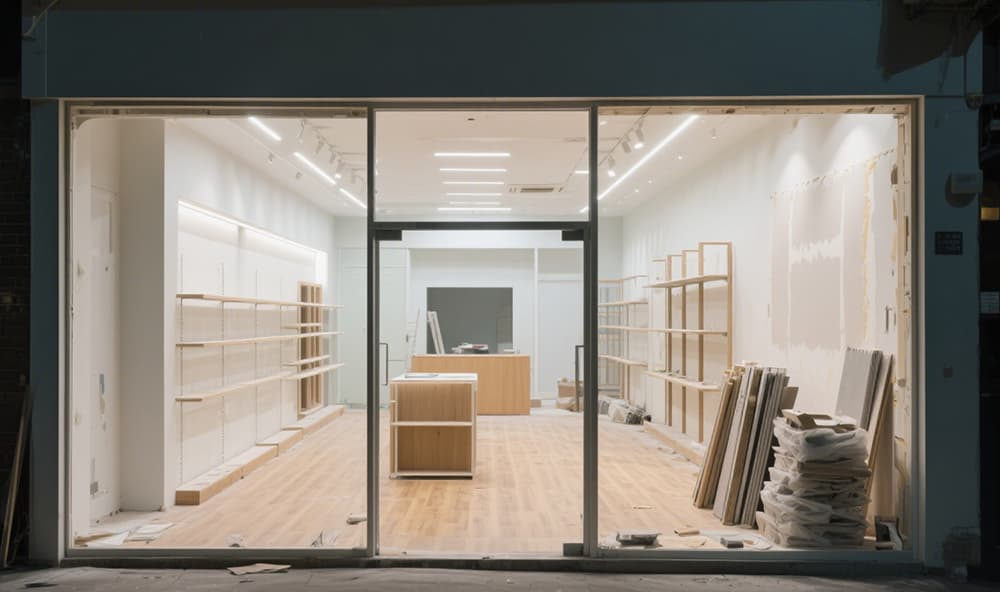
What Is a Smart Store—and Why It Matters
A smart store uses sensors, AI, and connected systems to streamline operations, delight customers, and optimize margins.
Example features:
e price tag systems that automatically update prices across shelves
Smart shelving that signals low stock
Digital signage for promotions and wayfinding
AI analytics for staff efficiency and inventory planning
Core Benefits of a Smart Store:
Lower labor costs
Consistent pricing
Dynamic promotions
Rich data insights
How Much Does It Cost to Open a Smart Store?
On top of traditional costs, add these:
| Technology Component | Estimated Cost | Use Case |
| Smart Shelving | $5K–$20K | Tracks stock levels, guides refill |
| E Price Tag System | $3K–$15K | Real-time pricing and promotion |
| Digital Signage | $2K–$10K | Visual engagement and navigation |
| AI POS & Analytics | $3K–$10K | Predictive restocking and heat maps |
| IoT Monitoring | $1K–$5K | Temp sensors, foot traffic tracking |
Smart Store Upgrade Total: $15K–$60K
Thus, Total Smart Store Cost: $55K–$210K
What Makes a Smart Store Truly Smart?
It’s not about gadgets—it’s about solving problems.
Real-Time Pricing: With e price tags, updating prices across hundreds of SKUs takes seconds—not hours.
Smart Shelves + AI: Shelves detect missing items and alert staff—no guessing, no manual checks.
Dynamic Digital Signage: Displays rotate promotions, maps, or featured items based on time/day.
Environmental Alerts: IoT sensors monitor fridge temperatures; automated alerts protect perishable stock.
QR-Enhanced Information: Labels link to product info, ingredient lists, or usage tips.
Case Example: A wine store adopting ESLs saw:
80% reduction in relabeling effort
2× increase in promotion ROI
Approx $7.5K annual savings on print materials
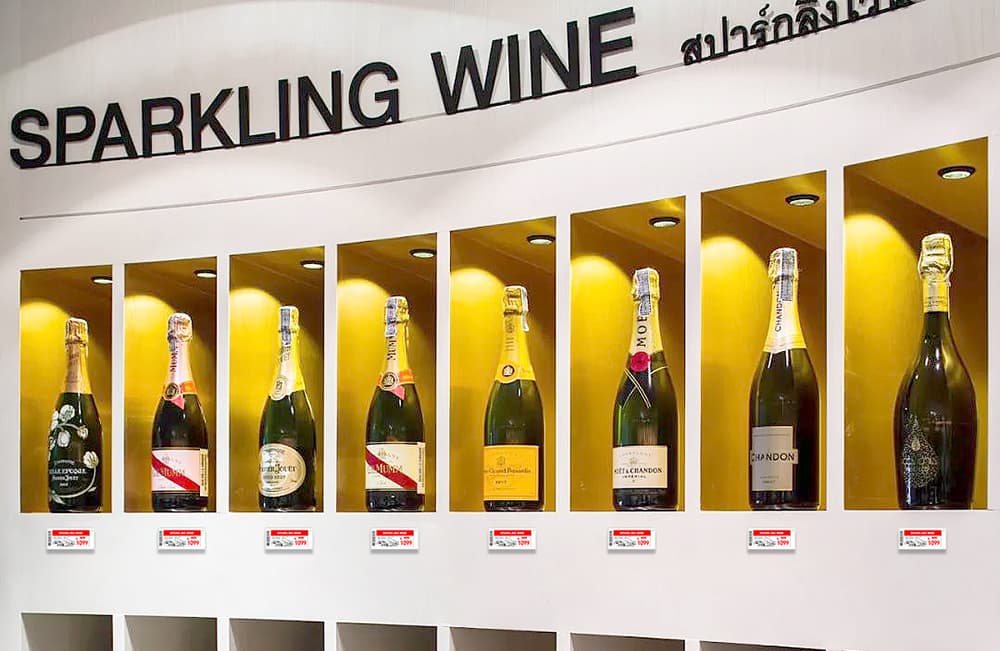
Monthly Costs: Traditional vs. Smart Store
| Category | Traditional Store | Smart Store |
| Labor | $8K–$15K | $4K–$8K (AI + ESL) |
| Energy | $2.5K–$4K | $1.5K–$2.5K (IoT) |
| Price Updates | $400–$800 manually | $0 (e price tags) |
| Inventory Loss | 4–8% of revenue | 1–3% (real-time tracking) |
| Marketing Costs | $500–$2K/month | $0–$500 (digital content) |
Smart stores cut labor and waste while providing scalable, accurate operations.
FAQ: Real Questions from Retail Starters
Q1: How much to open a store in a small town vs. city?
A: Rent and staffing are 40–70% cheaper in small towns, but foot traffic and margins can be lower.
Q2: Can I convert an existing store into a smart one?
A: Definitely. Start with e price tags and digital signage—Datallen offers modular systems that scale.
Q3: How much inventory should I hold initially?
A: Allocate~25–30% of your startup budget to inventory. Specialty stores may need more; convenience may need less.
Q4: How soon will smart upgrades pay off?
A: Self-sustaining in 8–18 months, thanks to labor savings, improved margins, and reduced stock loss.
Q5: Are smart stores harder to run?
A: No. e price tags are app-controlled, user-friendly, and reduce complexity.
Q6: What monthly expenses do smart stores save?
A: Major areas: labor, printing, energy, and untracked inventory. Total monthly savings can be $4K–$8K.
Smart vs. Traditional Store: Which Wins?
| Factor | Traditional | Smart Store |
| Setup Cost | Lower | Higher upfront |
| Setup Time | Short | Longer due to tech install |
| Efficiency | Manual | Automated and data-driven |
| Flexibility | Low | High—instant updates |
| Brand Image | Traditional | Modern, tech-savvy |
Smart stores demand more upfront but gain in agility, accuracy, and appeal.
Your Next Steps
If you're asking how much it costs to open a store, know that the real number depends on choices—location, scale, and ambition. Adding smart technology increases your initial spend, but pays dividends through savings, efficiency, and standout branding.
Today’s customers expect speed, clarity, and personalization. A smart store delivers on all fronts.
Ready to leap? Let Datallen’s e price tags and smart signage elevate your retail.
Email: inquiry@datallen.com
For more insights, check out:
1. Winning Beverage Retail : Shop Fitting, Cold Chain Displays, and Smart Signage
2. How Eyeglass Mart Retailers Can Win in 2025: Digital Displays That Drive Real ROI
3. How Retailers Can Use Window Display Ideas to Drive More Foot Traffic
4. Jewelry Displays for Retail Stores: Merging Aesthetics with Digital Screen
5. 5 Key Benefits of Using Electronic Shelf Tags in 3C Stores

